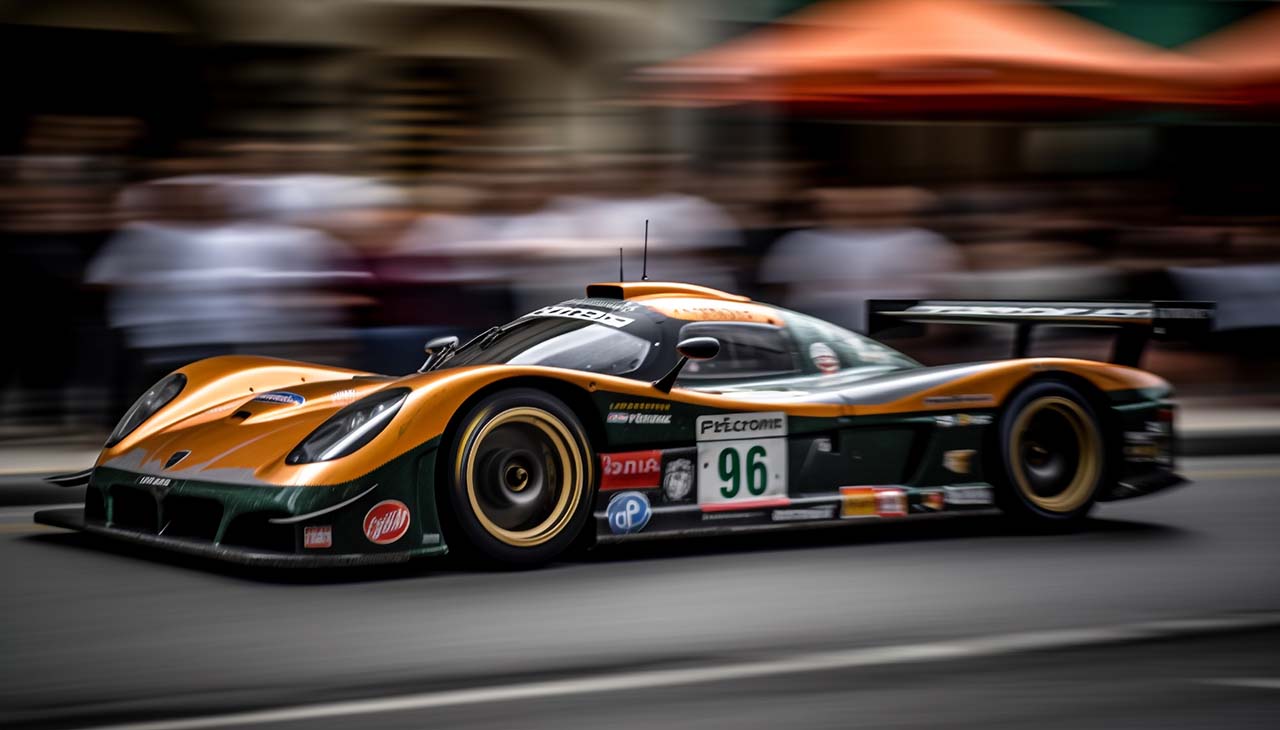Auto racing has undergone a significant metamorphosis, tracing its roots back to the late 19th century when the first organized races took place on the open roads of Europe. What began as a venture for daring gentlemen to test their engineering marvels and personal mettle has evolved into a highly sophisticated sport. Today, it encompasses a wide variety of events, from the timeless elegance of classic road races winding through scenic landscapes to the cutting-edge technology and precision of modern track events. This evolution reflects not only advancements in automotive technology but also changes in societal attitudes towards competition, entertainment, and the spirit of human endeavor.
Classic Road Races
Classic road races such as the Targa Florio and the Carrera Panamericana played pivotal roles in the early development of auto racing, setting the foundation for what the sport has become today. Established in 1906, the Targa Florio was a grueling race that took place in the mountainous terrain of Sicily, Italy. It tested not only the durability of the vehicles but also the determination and skill of the drivers over a challenging course. On the other side of the world, the Carrera Panamericana was inaugurated in 1950, running across the rugged landscapes of Mexico. This race was renowned for its high speeds and the perilous nature of its route, which traversed public roads for over 2,000 miles. Both of these iconic races captured the imaginations of people worldwide, highlighting the incredible feats of engineering and human endurance. They underscored the growing fascination with automotive technology and speed, contributing significantly to the evolution of auto racing from a niche hobby to a global phenomenon. These events not only advanced the technical aspects of automobile design but also helped to cement the relationship between public interest and automotive innovation.
Evolution of Track Events
The transition from the audacious road races of the early 20th century to organized track events marked a significant shift in the world of auto racing. This evolution was primarily driven by the need for safer, more controlled environments for both drivers and spectators, as well as the desire to push the technological boundaries of automotive engineering. The inauguration of the Indianapolis Motor Speedway in 1909 was a landmark event, introducing a purpose-built race track that would become the home of the Indianapolis 500, one of the most prestigious events in motorsports. This shift towards track racing allowed for more standardized conditions, reducing the variables presented by public roads and enabling more consistent performance comparisons.
Similarly, the Le Mans 24 Hours, first held in 1923, revolutionized auto racing by focusing on the endurance of both driver and machine, testing their ability to perform under the relentless pressure of a full day’s racing. This event showcased not just speed, but the reliability and efficiency of vehicles over long distances, pushing manufacturers to innovate in areas like fuel efficiency, aerodynamics, and materials science. These track-based events not only made racing safer and more spectator-friendly but also ushered in an era of technological advancement that would ripple through the entire automotive industry, influencing even consumer vehicles. The focus on innovation and technology in these organized track events has continued to drive the evolution of auto racing, making it a testing ground for automotive development and a showcase for human ingenuity and competitive spirit.
Technological Advancements
Technological advancements have been a driving force behind the evolution of auto racing, significantly influencing both the performance of the vehicles and the safety of the drivers. Aerodynamics, for instance, has played a crucial role in shaping the design of racing cars. Engineers have meticulously crafted vehicles to reduce air resistance and enhance downforce, thus improving speed and handling on the track. This focus on aerodynamics has led to the introduction of features like rear wings and underbody diffusers, which are now commonplace in the design of both racing and high-performance road cars.
Safety features have also seen remarkable progress, driven by the imperative to protect drivers in this high-risk sport. Innovations such as the HANS device (Head and Neck Support device), crash-resistant carbon-fiber monocoques, and advanced helmet technology have dramatically reduced fatalities and serious injuries in auto racing. These safety advancements have not only made the sport safer for competitors but have also had a trickle-down effect, influencing safety standards in consumer vehicles.
Furthermore, the realm of auto racing has become a testbed for hybrid and electric engine technologies. Hybrid engines, which combine traditional internal combustion engines with electric power, have been utilized in series like Formula 1, showcasing their potential to boost performance while reducing fuel consumption and emissions. This push towards more sustainable racing technologies is not only transforming the sport but also aligning it with broader environmental goals and innovations in the automotive industry. The influence of technology on auto racing is profound, continuously pushing the boundaries of what is possible and shaping the future of both the sport and automotive design.



